Intro: Project Boner- Ville
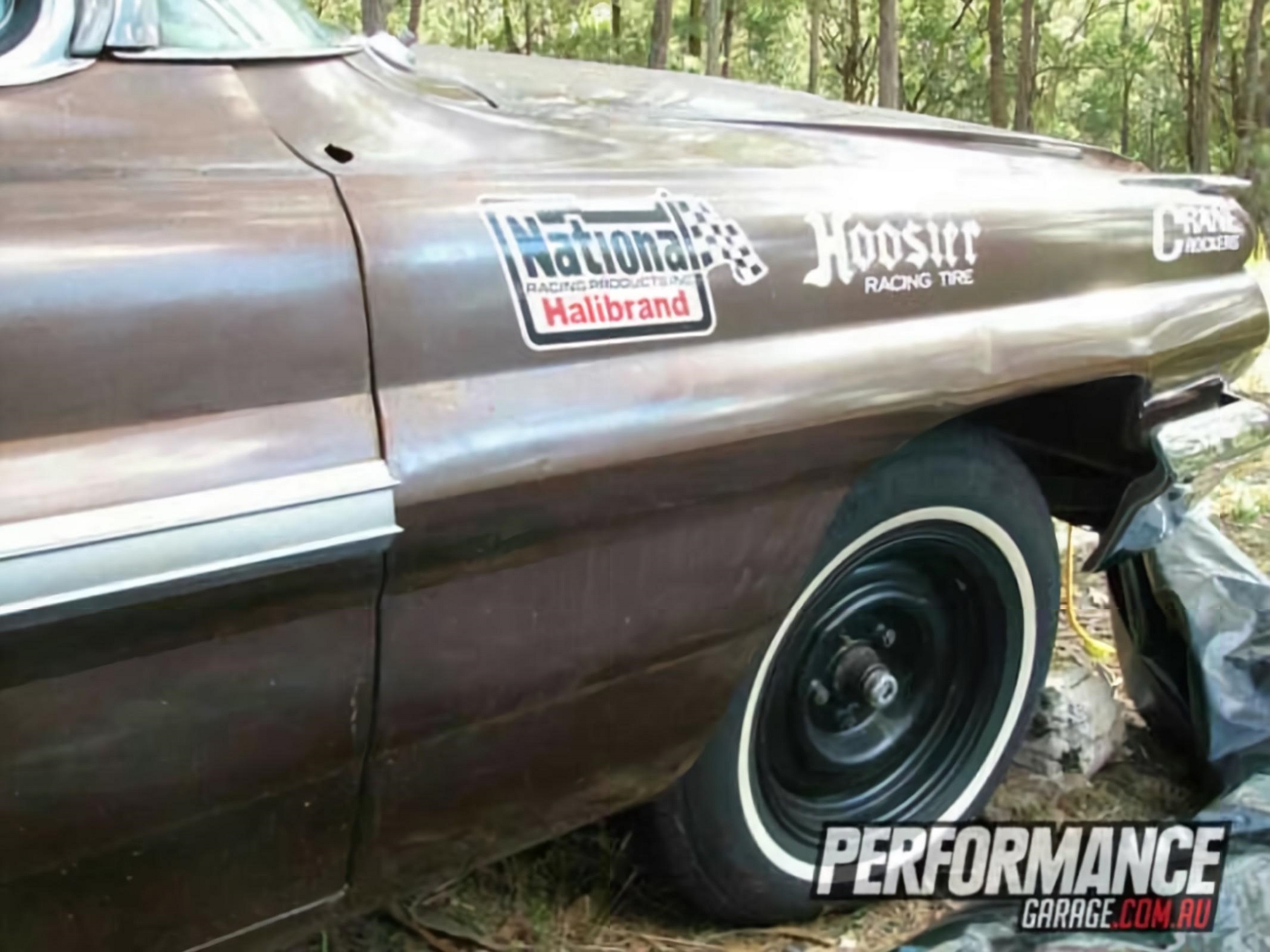
G’day, I’m Iain. I’m here ‘cause the boys at Performance Garage asked me to write up what I’ve been doing to my latest project car; my 1962 Pontiac Bonneville. Over the years I’ve owned a bunch of late model performance cars from Japan, Australia and Europe, and my job as a motoring journo allowed me to sample some properly exotic stuff, but I’ve always wanted an old school full-size American car.
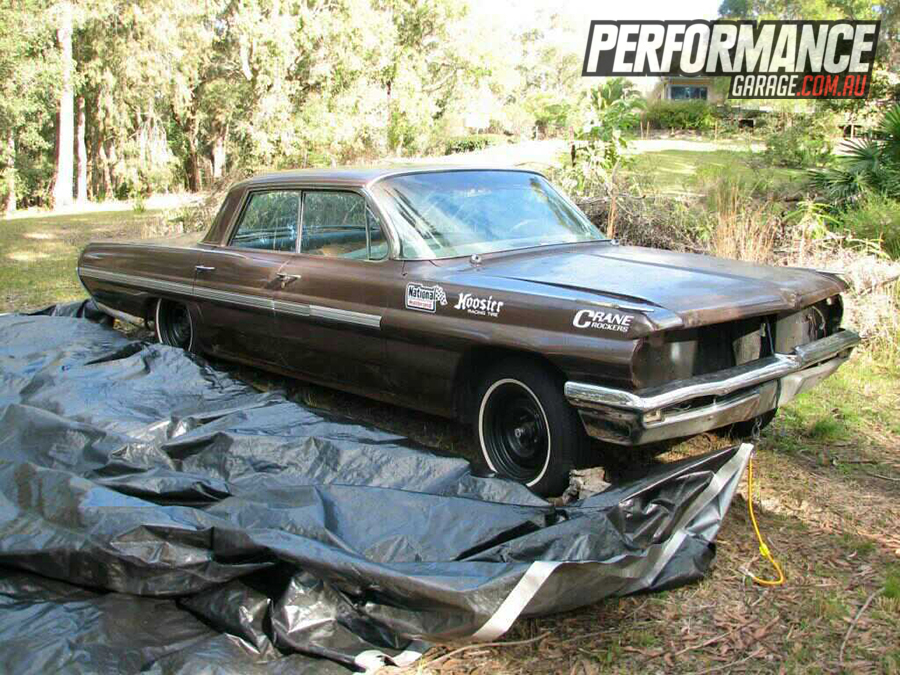
While pretty much all pre-1980s American cars are damn big, I specifically wanted what my dad always referred to as “Detroit Floaters”; Chevy Impalas, Ford Galaxies, Cadillacs, Lincolns and anything with a wheelbase over 115-inches designed to roll low’n’slow down neon-soaked Hollywood boulevards. I always thought the early ‘60s models struck a great blend between the 1950s chrome and tailfin overdose and the late ’60’s squared off behemoths. They still had cool rocket-age-inspired styling but it was cleaner and simpler without being bland.
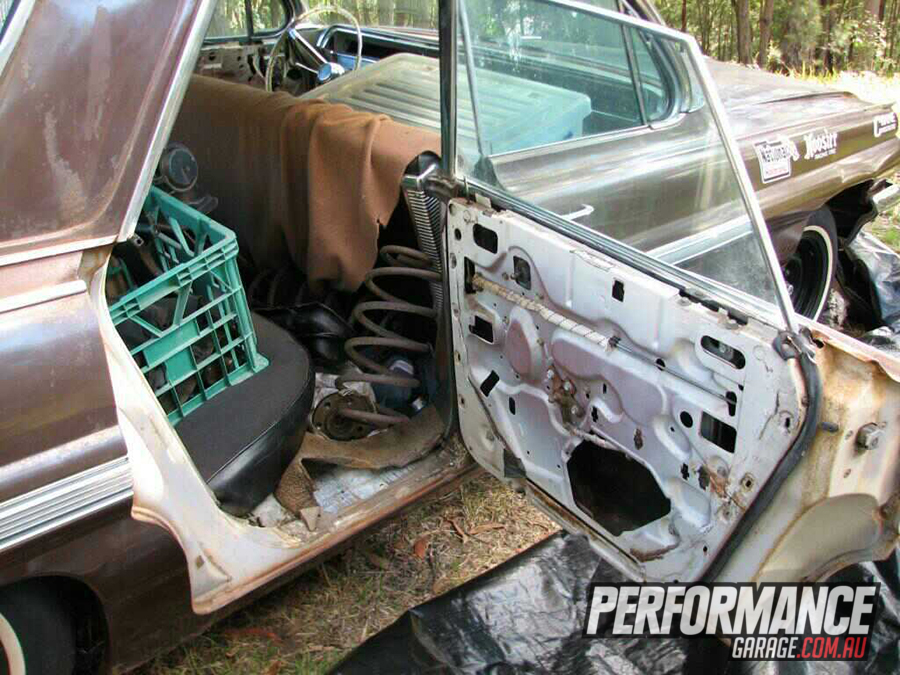
My budget was tighter than Kylie Minogue’s hot pants (as in practically non-existent), and this instantly counted out popular Chev, Ford, Cadillac and Lincoln options. However, that still left Buick, Oldsmobile, Plymouth, Rambler, Mercury, Dodge, Hudson, Chrysler and Pontiac to choose from.
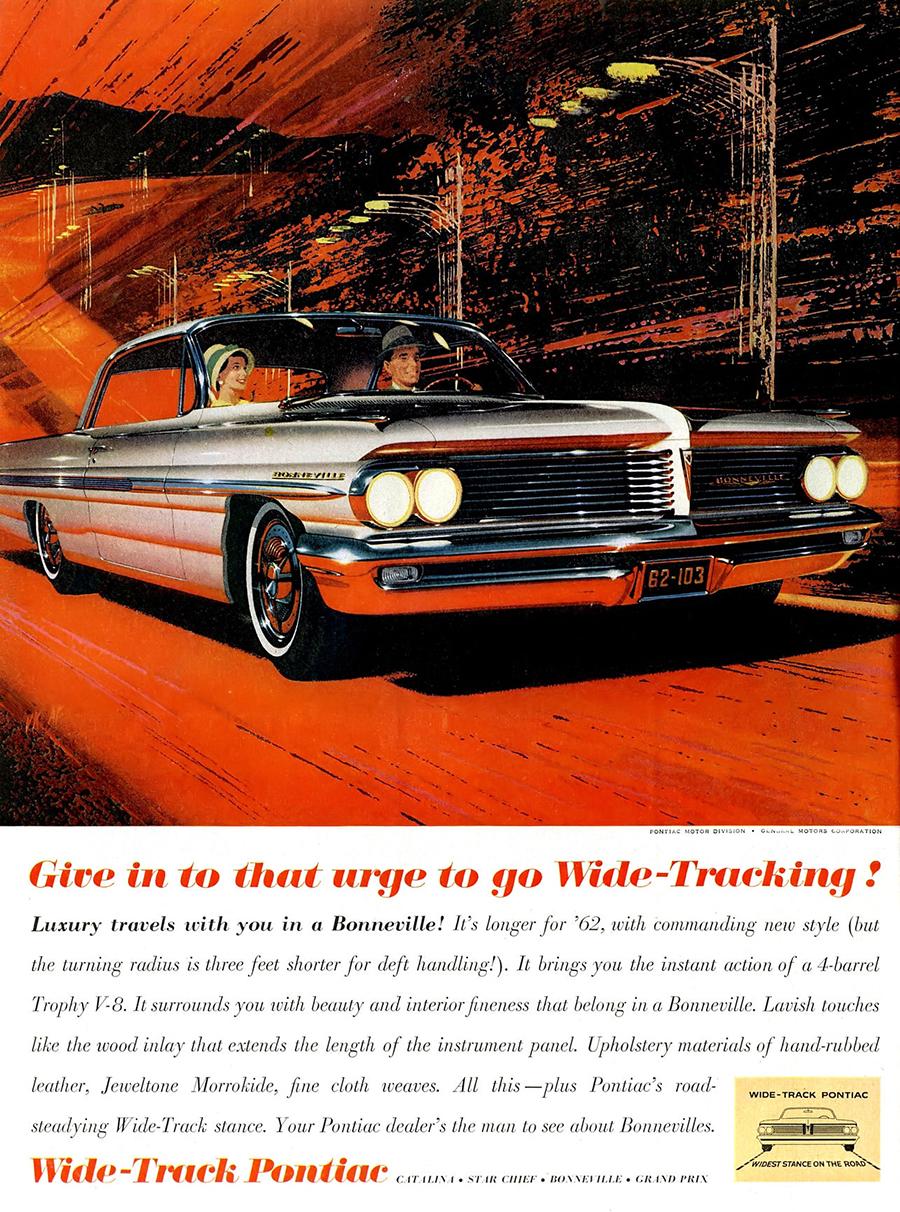
So what did I get? A Californian-built 1962 Pontiac Bonneville Vista four-door hardtop, still left-hook and sporting some interesting options – it’s got factory air con, power drum brakes and Turbo-Hydramatic gearbox. At 5800mm tip to tip and 2000mm across the mirrors it’s a big bastard, riding on a 123” wheelbase (Impalas are “only” 119in).
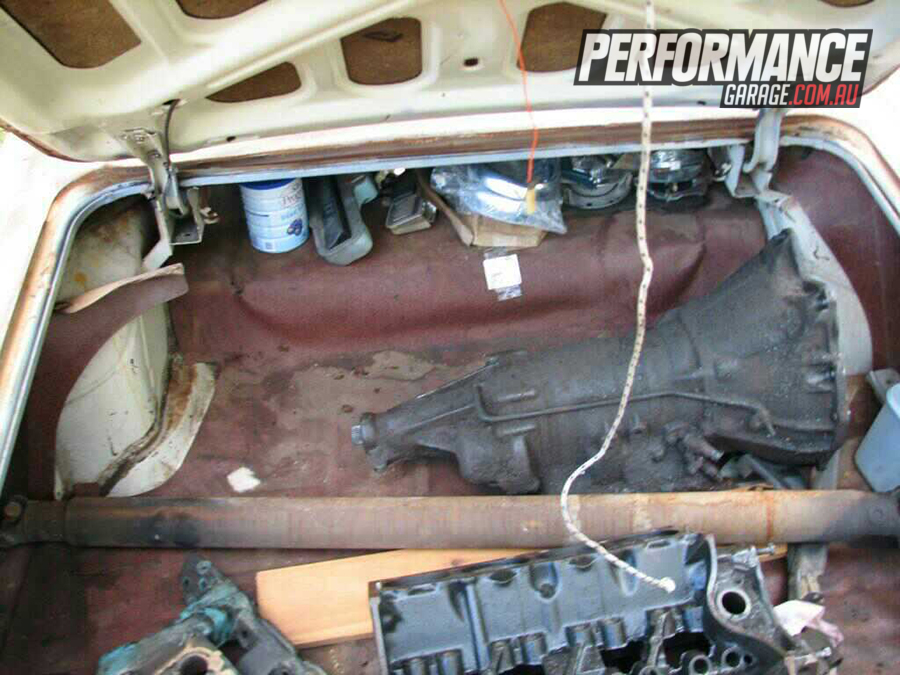
The Bonneville was the biggest, most luxurious model in Pontiac’s line-up back then, riding on their patented “Wide-Track” suspension and full perimeter frame, unlike the other GM cars that had an X-frame. It came in several configurations; hardtop sedan and coupe, four-door post sedan, convertible and station wagon. There were dozens of possible combinations of trim colours and materials, brightwork, plus 389 or 421 engines and three different gearboxes – it made for no two Bonnevilles being the same.
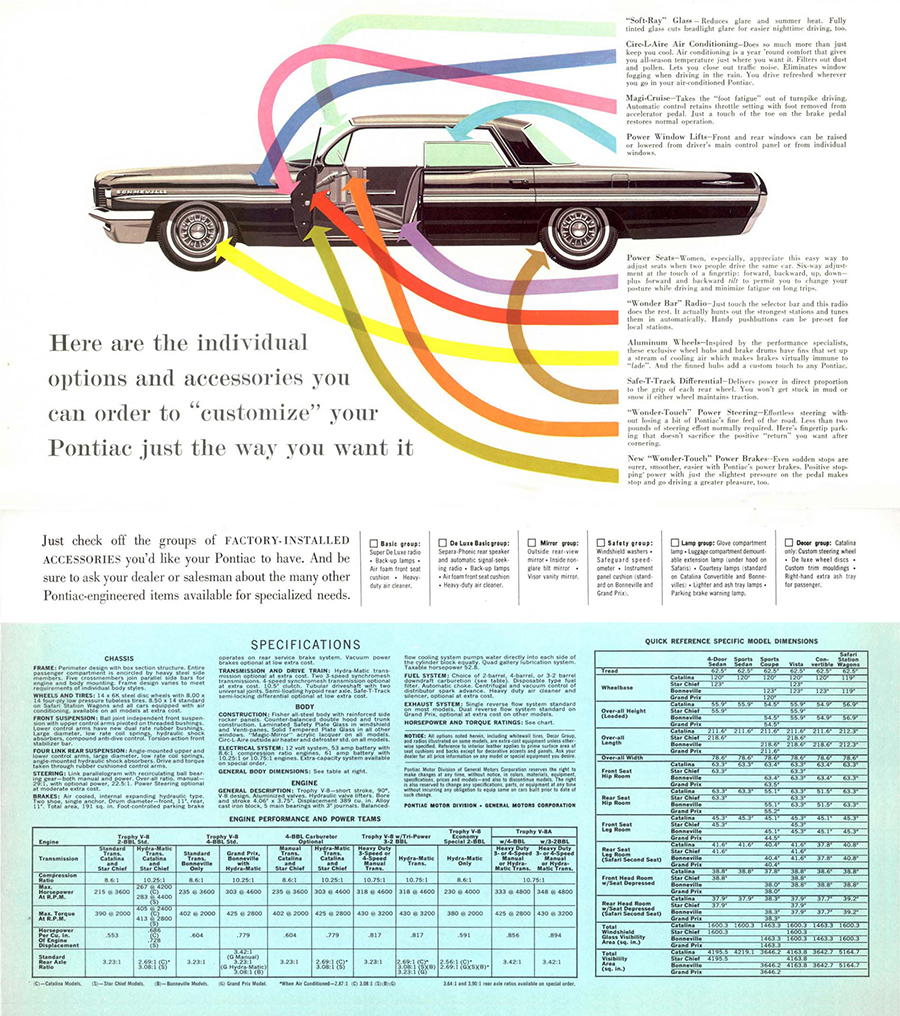
As well as being made at a couple of plants in the US full-size Pontiacs were also built in Canada and sent out to Australia. Called Laurentians, they used a Chev frame and running gear and share almost parts with American-built Bonnevilles.
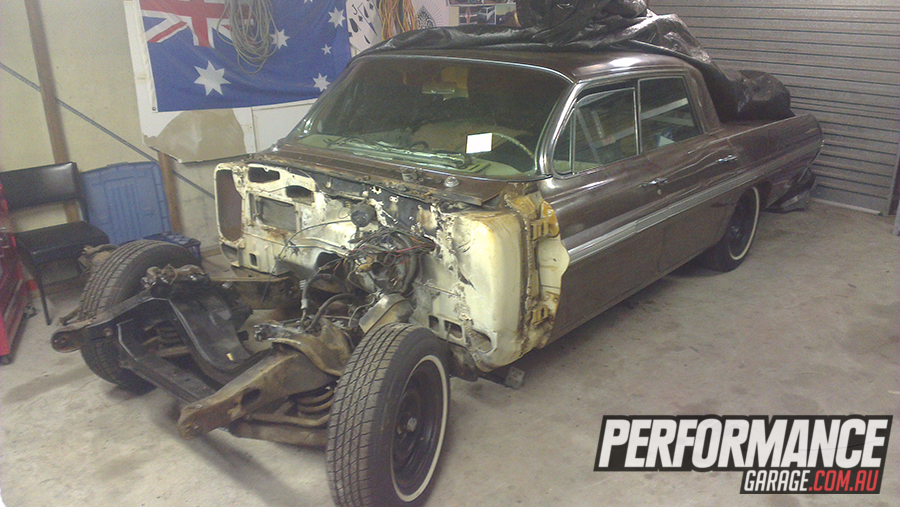
The plans for my car are simple (in theory): fix the body and trim the interior, rebuild the drivetrain, set its guts as close to the tar possible and cruise it ‘til I run out of petrol money. I am taking cues from West Coast mild customs of the early-to-mid 1960s, along with factory performance inspiration from Pontiac’s legendary Super Duty program.
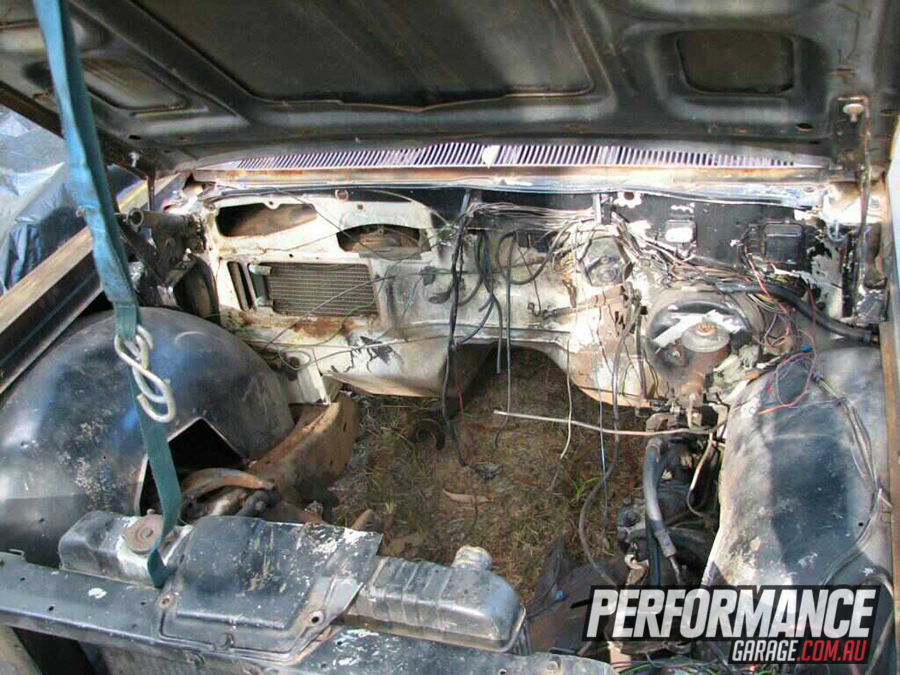
While it may not be as well-known as Ford’s “Total Performance” or Chrysler and Chevy’s operations, the early ‘60s Super Duty era was arguably Pontiac’s performance hey-day. With the 421-cube SD cars there were countless NASCAR wins (including a couple of Daytona 500s) and they cleaned up at the drag strips and even in road racing, right up until the program was killed off by GM’s racing ban in ’63. Guys like Mickey Thompson and Smokey Yunick built some of the craziest Poncho-powered racing monsters of the time and they were well-known for being able to make the Indian-fronted beasts fly past Hemis, side-oilers and W-motors.
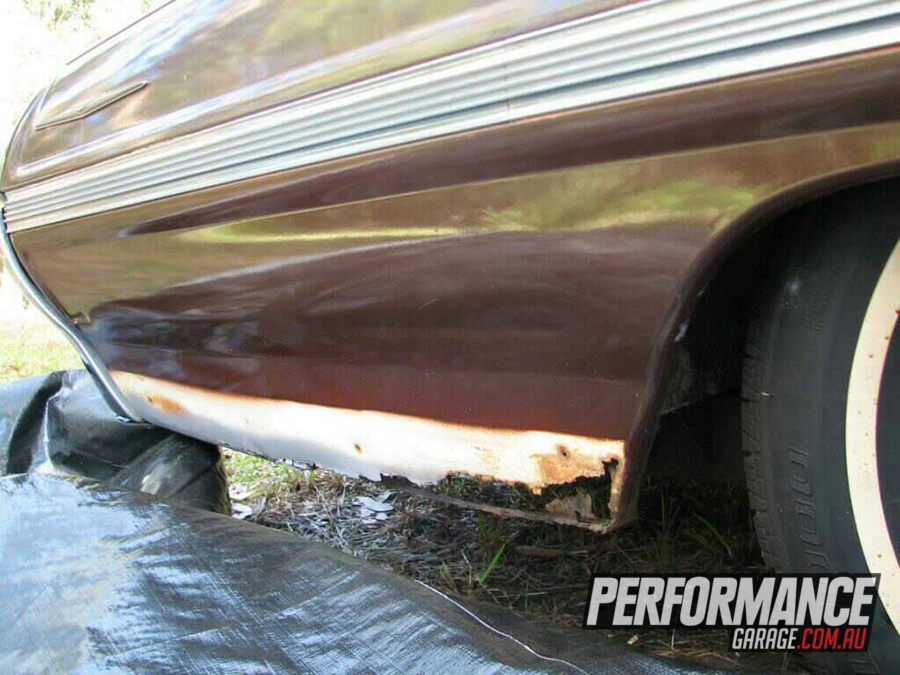
Unfortunately, Pontiac never built a real 421 Super Duty Bonneville back in ’62 – there was little point as the Bonneville was their refined luxury model for the well-to-do who didn’t want a Cadillac or Lincoln. So I’m going to build a “phantom”, imagining what a Bonne-owner would have done if he’d wanted more power and maybe had some spare funds to drop the car off at Mickey Thompson’s shop just around the corner from LIONS drag strip in Long Beach.
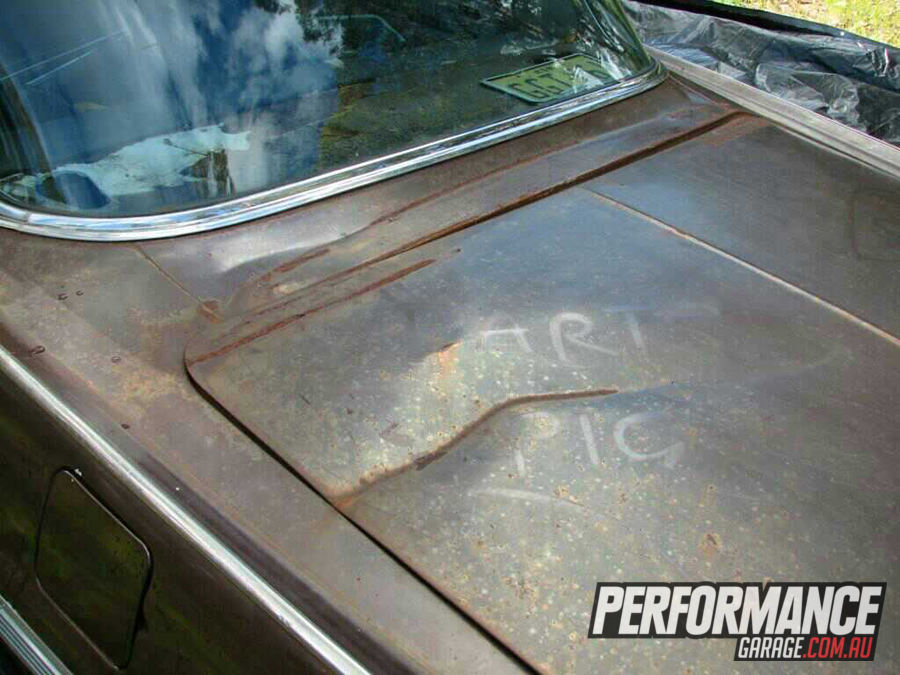
While I’m not a mechanic and this is my first ground-up build I’m going to try and do almost all of it at home, besides a few specialist areas (like trim and gearbox build) and where it isn’t practical to do so (paint). I’ll be using basic tools and will try and use off-the-shelf repro parts rather than custom-made stuff, where possible, just to get more of a factory-built feel.
First up, strip the monster, get it free of rust, straight and in paint. Hopefully you enjoy the shenanigans.
Iain Kelly
Comments
No posts found










